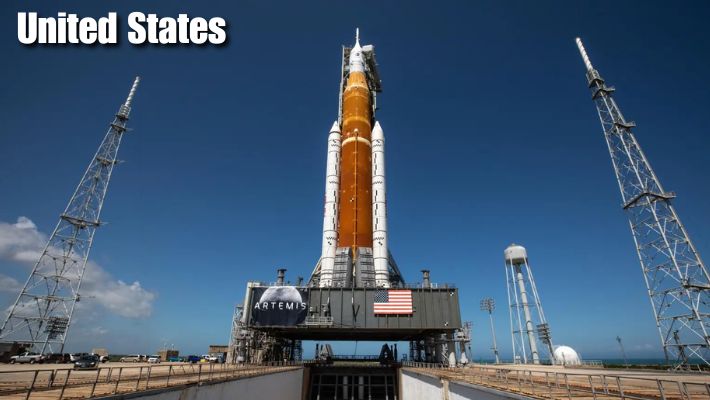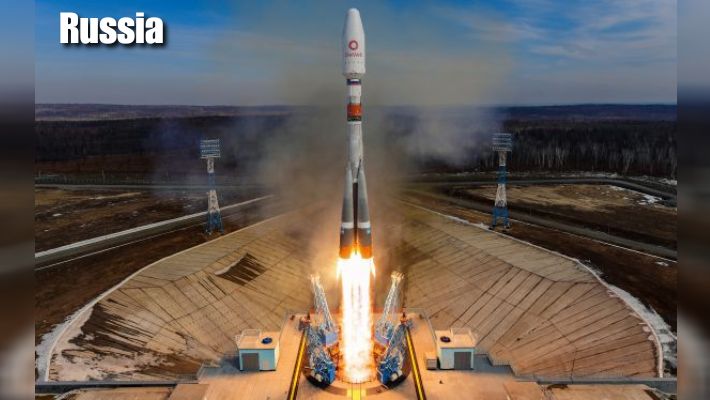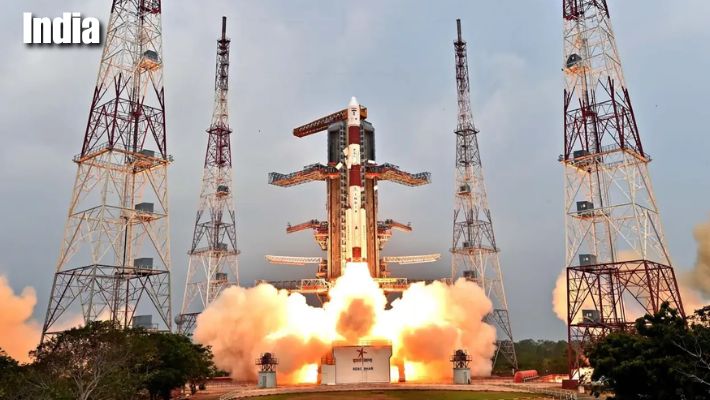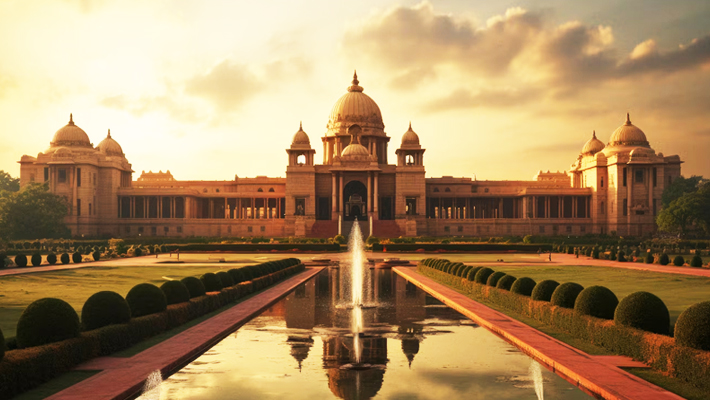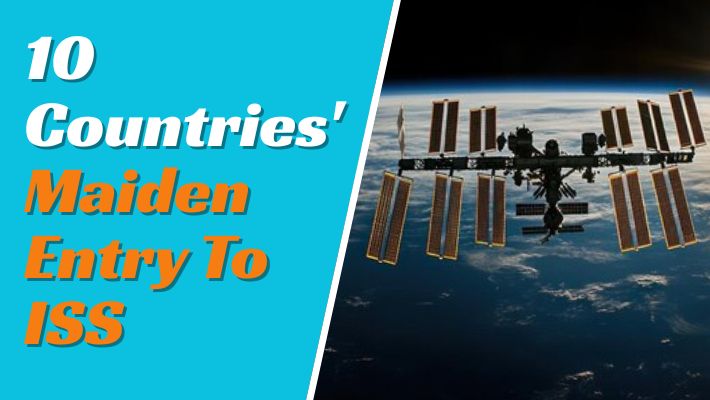
One of the greatest human-made environments is the International Space Station (ISS), an artificial satellite in low Earth orbit. This man-made space station is a collaborative project between countries such as, US (NASA Space Station), Russia (Roscosmos), Japan (JAXA), Europe (ESA), and Canada (CSA). Since 2000, the ISS has functioned as a microgravity testing facility, as well as assisting and hosting astronauts from several countries. In recent years, ISS has opened its doors to a growing cluster of countries, many of which have made their own historic first entries.
However, these maiden entries to ISS are far from symbolic milestones; they are reflections of the growing space exploration. These emerging countries are conducting research, technology testing, and scientific experiments in a shared orbital environment. These collective innovations conducted involving astronauts from different countries have strengthened international collaboration. Till today, around 22 countries have conducted research at ISS, having at least one of their renowned astronauts visit the International Space Station. Here, we bring forward the list of 10 countries that could forge a new path for an international vision for peaceful exploration, scientific discovery, and infinite opportunity for unity in space.
1. United States:
In 1998, the U.S. made its maiden entrance to the International Space Station with the launch of Zarya (the functional cargo block or FGB). It is one of the renowned countries in space projects. This became a foundational step when the first long-term crew – Expedition 1 - arrived at ISS in the year 2000 in a spaceship known as Soyuz TM-31.
Being one of the founders, the U.S. has played a major role in the building of ISS, in research and its operations, along with modules, the Shuttle, and ongoing scientific ventures into human space exploration.
2. Russia:
The International Space Station owes its very existence to Russia. When it was created with the 1998 launch of the Zarya module, the very first ISS element built by Russia and launched on a Proton rocket. During the initial phase of the station, Zarya provided power, propulsion, and control functions.
The acquisition of the Soyuz driver provision and supply delivery by Progress cargo ships with Roscosmos has been key to Russia. The Zvezda and Zarya modules form the core of the ROS.
3. Canada:
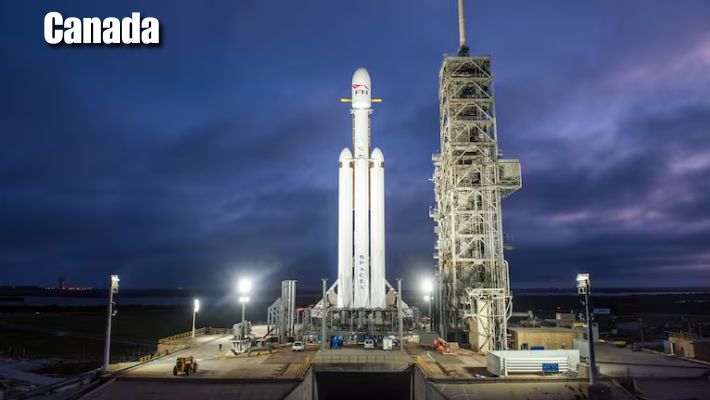
The maiden entry of Canada at ISS was in 1999, when astronaut Julie Payette visited the facility. She became the first Canadian to visit the ISS. Throughout the years, Canada has provided numerous flagship contributions to ISS, mainly space robotics, such as the Canadarm2. In 2001, this highly capable robotic arm was installed on the ISS.
Further, the original Canadarm’s upgraded version, which was used on Space Shuttles - Canadarm2, plays a crucial role in the maintenance of the ISS, also in cargo handling, and in providing support during spacewalks. This mission has become a symbol of honour for Canada’s engineering prowess and is considered a significant development in international space co-operation and space diplomacy.
4. South Africa:
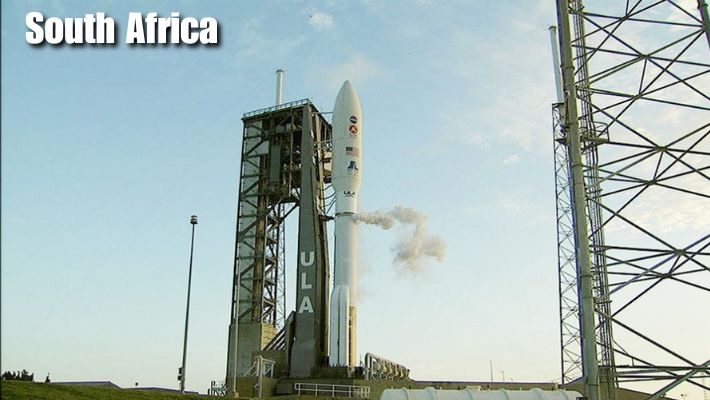
The first South African in space was Mark Shuttleworth in 2002. As a new country in space, South Africa made headlines when Mark became the second self-funded astronaut who entered ISS to conduct various scientific experiments. In 2008, SANSA (South African National Space Agency), the Council for Scientific and Industrial Research were established to monitor the space projects in South Africa.
Currently, SANSA has planned to train two female astronauts for upcoming ISS missions, and is collaborating with NASA to track stations that support lunar and deep space exploration.
5. India:
On June 26, 2025, Group Captain Shubhanshu Shukla made Indians proud by becoming the first Indian astronaut to enter the ISS, as a part of the Axiom-4 mission. Shubhanshu’s spacecraft was Dragon, operated by SpaceX. So far, Shubhanshu is the second Indian to enter space after Rakesh Sharma, and the first ever to live and work on the ISS.
His stay was for 18 days, filled with inspiring experiences and scientific experiments, conducting outreach activities, and interaction with the Expedition 73. This collaboration with ISRO laid the groundwork for India’s Gaganyaan human spaceflight endeavours in the near term, marking the country’s bold step in the Global Space Race.
Also Read: Top 5 Countries with The Best Missile Defense Technology
6. France:
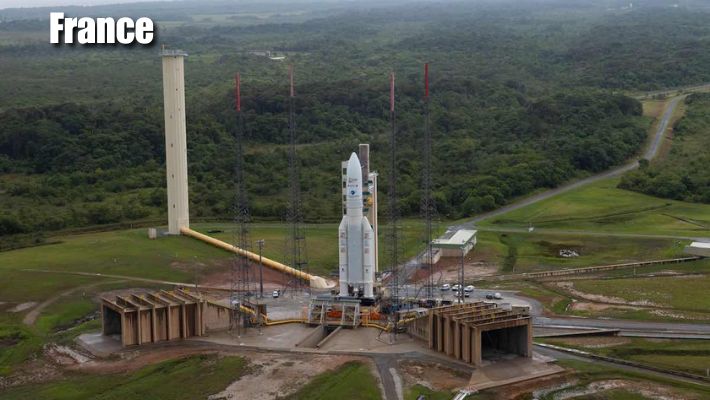
In 1982, France undertook its maiden entry to ISS, along with Jean-Loup Chretien, who was acknowledged as the first Western astronaut to stay on a Soviet Space Station, Salyut 7. Though before the time of the ISS, this milestone was a catalyst for France's entering active space collaboration, a significant step among countries joining the space station.
Thereafter, ISS has hosted several astronauts from France, with the backing of the European Space Agency (ESA), together with Thomas Pesquet, especially during the long-duration missions and spacewalks. Sophie Adenot is also due for six months on the ISS, guaranteeing the future of French leadership in space.
7. Germany:
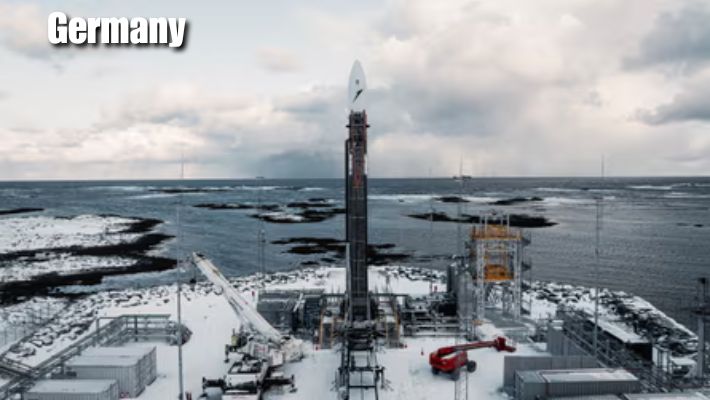
Sigmund Jahn laid down the pathway for Germany in 1978 by becoming the first German to go to space. He made his first entry to ISS when he flew on the Soviet Soyuz 31 mission under the INTERKOSMOS program. This journey of Germany at ISS continued through its collaboration with ESA.
Later on, Alexander Gerst became the first German to command the ISS. His scientific research and guidance created a better place for Germany in international space projects.
8. Italy:
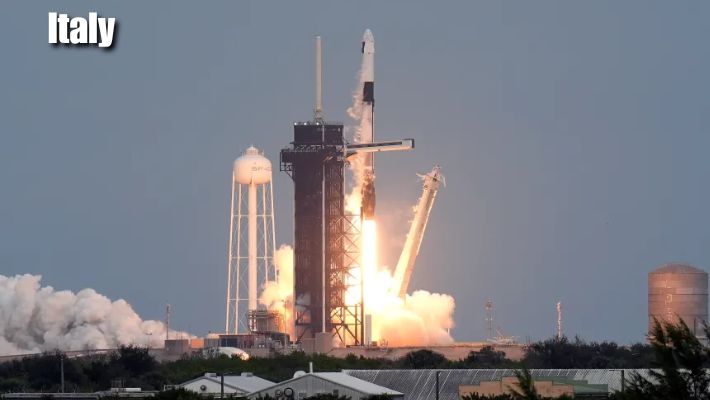
Italy made its first entrance into the ISS in 2001 when Umberto Guidoni travelled on board the Space Shuttle to deliver the Italian-built Raffaello logistics module. While Franco Malerba was the first Italian in space in 1992, he was the first to go to the ISS. Italy, through the Italian Space Agency (ASI), is a major contributor to the ISS program, providing modules like Leonardo and supporting scientific research.
Other noteworthy Italians include Roberto Vittori, Luca Parmitano, and Samantha Cristoforetti, who also led Expedition 68 and performed Europe's first female spacewalk.
9. South Korea:
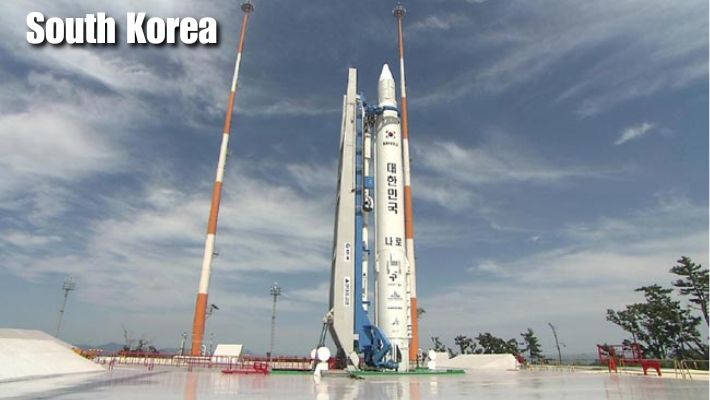
Being the first and only South Korean astronaut, Yi So-Yeon entered the ISS in 2008 as a passenger in a joint Russian-Korean Astronaut Programme. Her Soyuz TMA-12 lifted off from Baikonur Cosmodrome on April 8, with her inside the International Space Station for nine days, conducting bioscience and space medicine experiments.
Yi returned on the 19th of April, 2008, after a bumpy ride of a near landing that resulted in some minor injuries. The mission gave rise to a generation of scientists and enthusiasts for space in South Korea.
10. Japan:
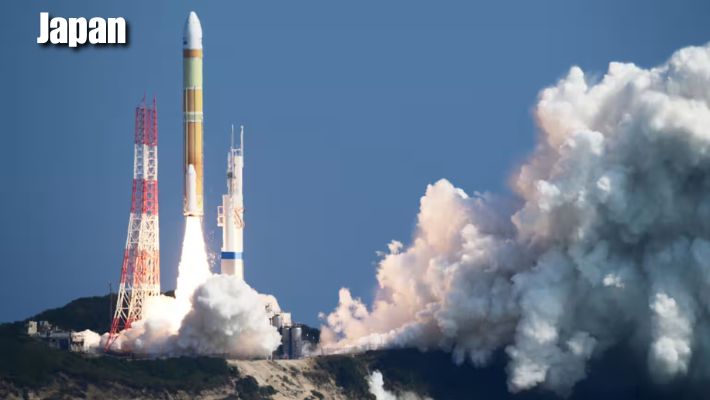
Japan’s joining of the ISS program was rather gradual and impactful. The launch of the Japanese Experiment Module (Kibo) in stages took place mostly between 2008 and 2009, turning it into one of the major scientific laboratories aboard the ISS. Japanese astronauts have actively participated in missions, with Takuya Onishi slated to serve as commander of the station.
Japan designed the H-II Transfer Vehicle (HTV), known as Kounotori, and from 2009 to 2020, it regularly delivered cargo to the ISS, underpinning Japan’s status as an indispensable partner in space logistics and research.
In conclusion, the ISS presents the image of global unity in which countries come together to explore and learn beyond Earth. Since the days of the early leaders like the U.S. and Russia, and passing through newer nations like India and South Africa, ISS participation countries have each taken a step forward in science, peace, and cooperation. With the entry of more nations, the very idea of the ISS continues to cast a shared future for space for all of humanity.


